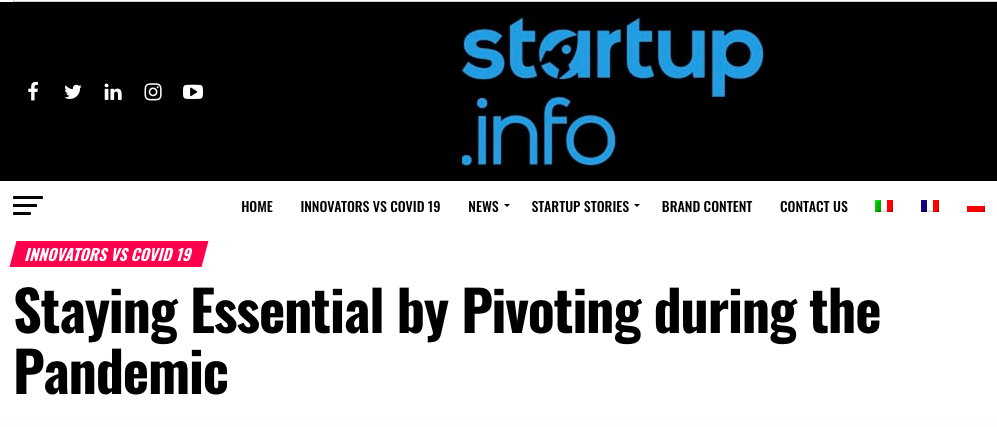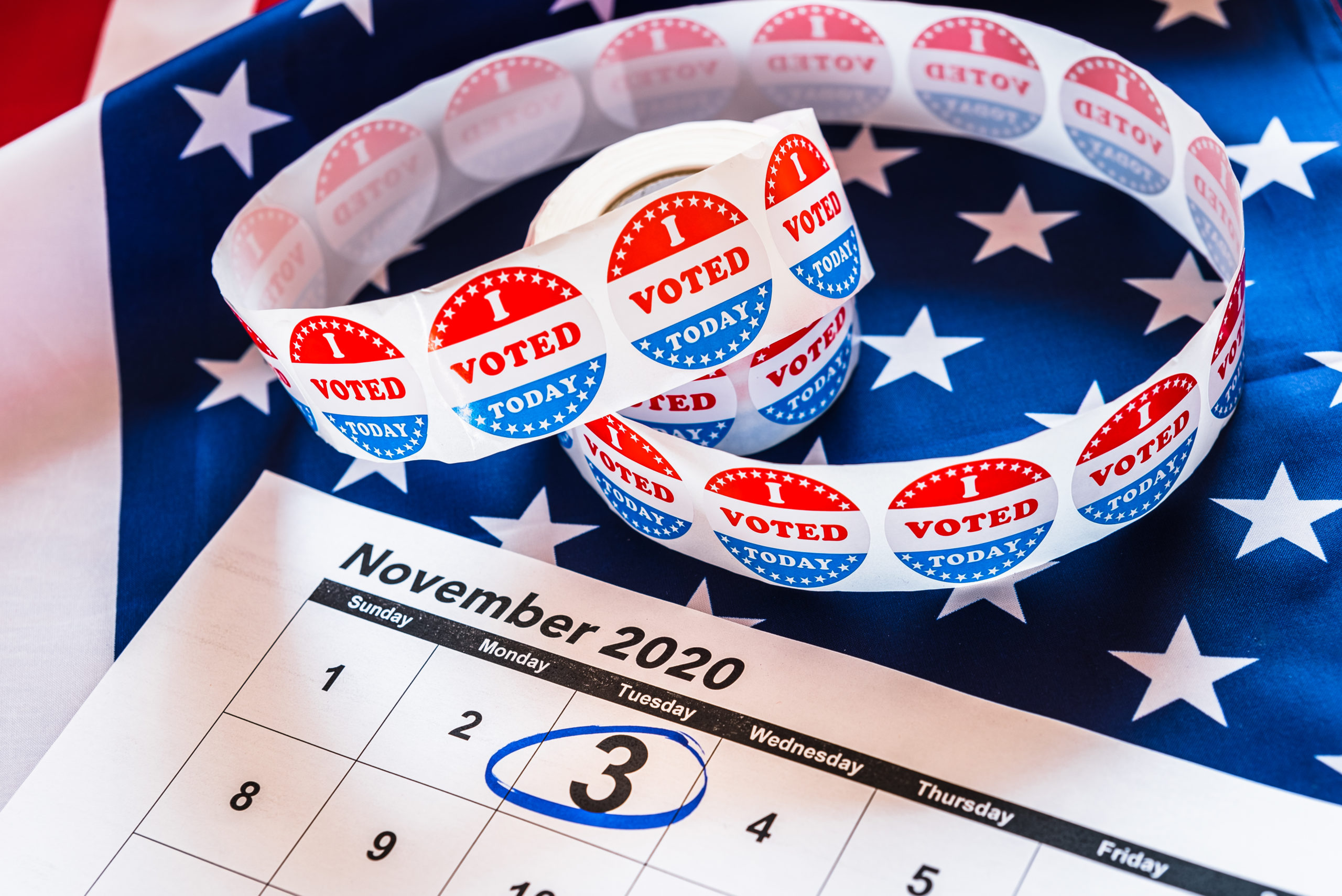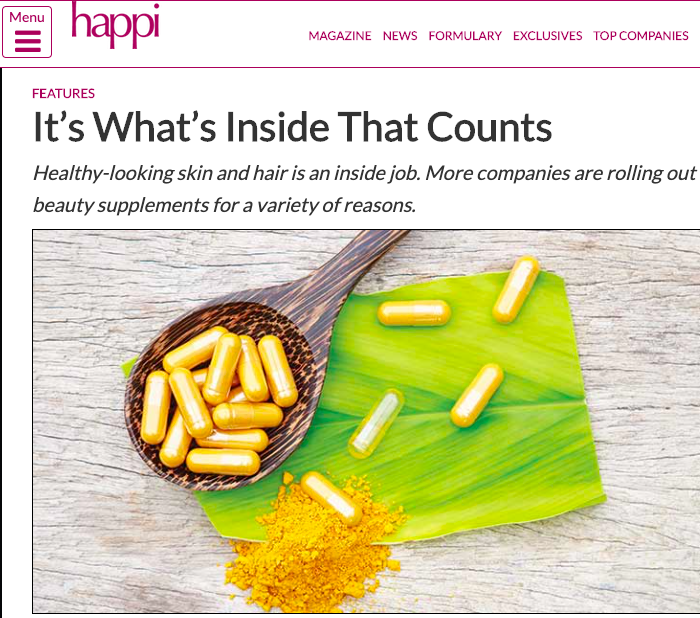B2B and Consumer Research are disparate. Businesses and consumers make decisions in very different ways. These differences mean researchers must employ distinct approaches and strategies when trying to gain insights from both groups. This is especially true for qualitative research.
Audience – B2B Decision-Makers and Consumer
Within businesses, the decision-making process is more complex and demands a more robust analysis. The group of decision-makers is larger and broader than in the consumer context. While consumers can make purchasing decisions based on impulse or emotion, businesses aim to make a strategic, objective decision.
While the majority of consumers are making buying decisions daily, this is not the case at businesses. Companies only have a select group of decision-makers for purchasing, and they are not as easy to come by. To account for this, market researchers need to ensure that they are speaking to primary or shared decision-makers at a company that will understand the process and, ideally, have insights on the entire process from start to finish.
Incentives for B2B and Consumers
Given all consumers are making the decisions on their purchasing behavior, there is a larger pool of consumers available to respond to the research when compared to B2B. The pool of people making decisions for a business is smaller and they are often higher up at their company. Therefore, this B2B audience is harder to come by. This makes the research costlier than research conducted among the general population. Higher incentives will drive business decision-makers to participate in interviews.
Methodology – In-depth Interviews for B2B
This audience has to be senior in the company to be given the approval to make decisions for the business. Therefore, these senior workers tend to be busier than the average consumer. To account for this, in-depth interviews are often favorable over focus groups. In-depth interviews offer more flexibility for respondents to choose a time that suits their schedule. Therefore, this will increase the likelihood of their participation.
Moreover, in-depth interviews can be done remotely. This removes the need to travel, which further reduces time barriers for participants.
Focus groups are not as effective for B2B audiences because all participants need to be available at a pre-decided time. Also, if business owners are in similar fields, they may be wary of sharing their trade secrets with competitors.
Interpreting Results of B2B Research
As the B2B decision-making process has many complexities. For example:
- There are more people involved;
- There are different levels of influence from each party;
- Internal and external factors play a role;
- And there are different drivers for the need.
As a result, the research often has more intricacies and can be more difficult. This means that the researchers and moderators need to be well versed in B2B research. They also need to have an in-depth understanding of the products and services involved. This will ensure that they gather the insights that the company commissioning the research needs.
B2B vs. Consumer Research Conclusion
When conducting research among B2B audiences, it is important to take the needs of this group into consideration. The methodologies, incentives, and interpreting of results should differ from B2b and consumer research .
Read some of our recent case studies and blogs here to learn more about business and consumer research:
- The Pros and Cons of In-Depth Interviews
- The Pros and Cons of Online Focus Groups
- COVID-19 and Conducting Market Research
Thinking about conducting market research? Check out Provoke Insights research services here.
IF YOU WANT TO, SIGN UP FOR OUR NEWSLETTERS HERE!
and finally, Follow our social media accounts:
Twitter: https://twitter.com/provokeinsights
Facebook: https://www.facebook.com/provokeinsights/
LinkedIn: https://www.linkedin.com/company/provoke-insights













